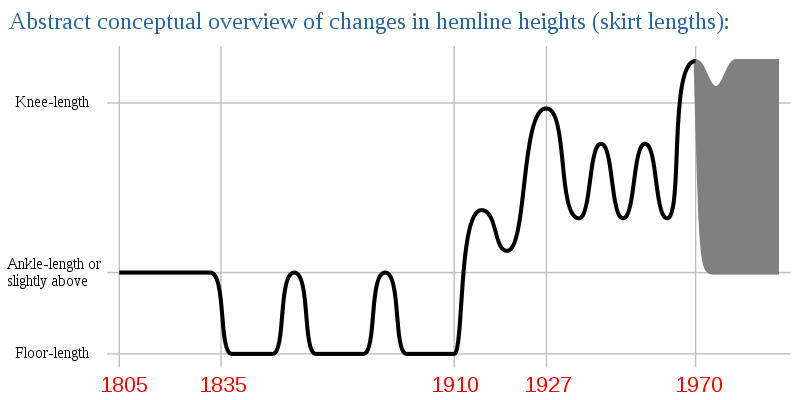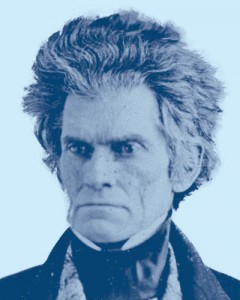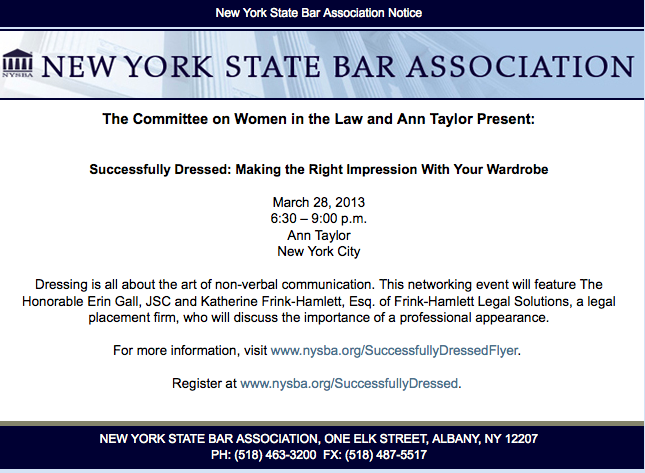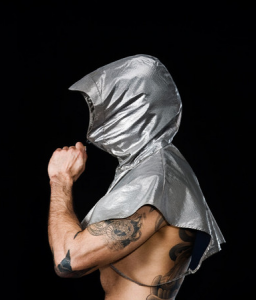Sikhs in the United States have been frequent targets of both bias crimes and police harassment because of the articles of faith associated with their religious practice, including turbans, uncut hair, and kirpans (small swords or knives).
Two pending cases highlight constitutional issues for Sikh religious dress.
In one, Gursant Singh Khalsa has filed a complaint in the U.S. District Court for the Eastern District of  California alleging that California’s bans on assault weapons and carrying loaded firearms in public violate his Second Amendment right to bear arms and First Amendment right to free exercise of religion.
California alleging that California’s bans on assault weapons and carrying loaded firearms in public violate his Second Amendment right to bear arms and First Amendment right to free exercise of religion.
Khalsa argues that Sikh religious doctrine requires him to bear arms to defend himself and others, which, according to his interpretation, means carrying “no less” than a firearm loaded with more than 10 rounds, a violation of California law. Typically, this doctrinal requirement is manifested in the kirpan, rather than the assault rifle. Khalsa’s cited justifications for carrying arms include recent violent attacks against Sikhs — notably the 2012 mass shooting at a Sikh temple in Oak Creek, Wisconsin, carried out by Wade Michael Page. (Noted: Page legally purchased his multiple-magazine semiautomatic handgun.)
 In the second case, Kawaljeet Kaur Tagore’s claim is pending before the Fifth Circuit Court of Appeals. Tagore was fired from her job at the Internal Revenue Service in Houston for refusing to remove or modify her kirpan with a three-inch blade. The I.R.S. fired Tagore for violating agency rules and 18 U.S.C. § 930, prohibiting possession of dangerous weapons in Federal facilities. Judge Sim Lake, writing for the U.S. District Court for the Southern District of Texas, dismissed Tagore’s claims against the I.R.S. of religious discrimination under Title VII of the Civil Rights Act of 1964 and the Religious Freedom Restoration Act.
In the second case, Kawaljeet Kaur Tagore’s claim is pending before the Fifth Circuit Court of Appeals. Tagore was fired from her job at the Internal Revenue Service in Houston for refusing to remove or modify her kirpan with a three-inch blade. The I.R.S. fired Tagore for violating agency rules and 18 U.S.C. § 930, prohibiting possession of dangerous weapons in Federal facilities. Judge Sim Lake, writing for the U.S. District Court for the Southern District of Texas, dismissed Tagore’s claims against the I.R.S. of religious discrimination under Title VII of the Civil Rights Act of 1964 and the Religious Freedom Restoration Act.
Khalsa’s claim has reportedly attracted skepticism from the director of his hometown Yuba City Sikh Temple, Tejinder Dosanjah: “He should not involve the Sikh faith directly or indirectly in this lawsuit.” Tagore’s suit, however, has greater appeal, including attracting an amicus brief from the International Center for Advocates Against Discrimination, describing the kirpan as an “inseparable part of the Sikh identity” and “in no conceivable way … a weapon.”









